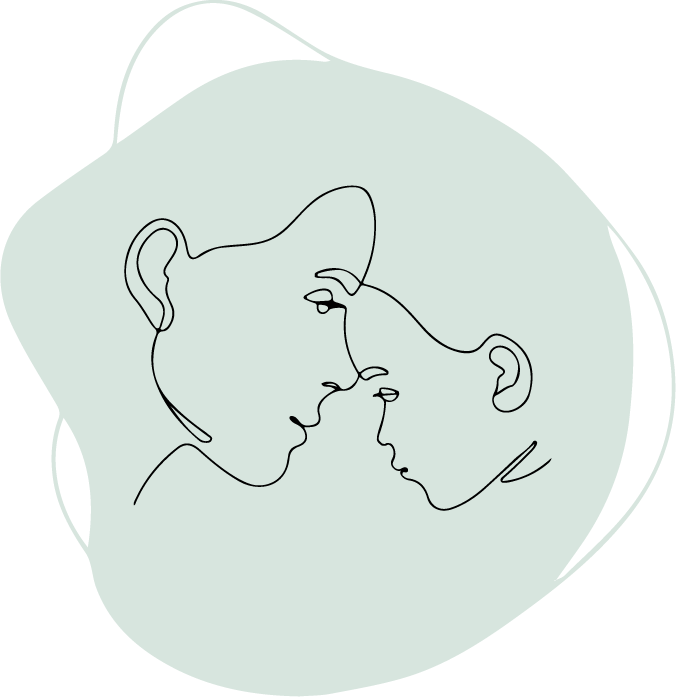5 Toys You Might Be Surprised to Learn Can be Therapeutic
Wondering how simple toys can help kids manage feelings and relate to others?
We often hear about how “Play is the highest form of research” (Albert Einstein), and how play contributes to children’s development in many areas. But what does that actually mean? How can a child sitting on the floor playing with simple toys and everyday objects actually support their ability to solve problems, manage feelings, and engage with others? Read on to find out how these 5 simple toys (and we use “toys” broadly!) can help do exactly that when used in play therapy.
Foam swords
Safe aggressive play toys, such as foam swords and shields, Nerf guns, and play handcuffs are often staples in a play therapy room. Sometimes this elicits strong feelings in the adults, who have understandable misgivings about their kids playing in this way. But the high arousal states kids feel when playing aggressively typically show up outside the therapy room as well, in the form of tantrums, defiance, and arguing. Allowing a child to play aggressively with a trained play therapist can help them learn how to regulate their bodies when they experience these emotions. Aggressive play can provide an opening to tune into body sensations, organize feelings of anger, powerlessness, and fear, and notice what it’s like to feel powerful and able to self-protect.
Dry-erase board
Okay, so a dry erase board isn’t technically a toy. But that’s the point! Play therapy is most successful when the work is built on a strong, resilient therapeutic alliance. This is brought about by playing with toys, making art, or… really anything! Dry erase boards can be a helpful tool when kids aren’t able to communicate by talking. It might be due to language processing differences or simply feeling so overwhelmed by an emotion that the cognitive parts of their brain aren’t available. Writing, or drawing feeling faces, on a dry erase board allows the communication between child and therapist to continue and can provide a helpful model of ways to let feelings out other than using mouth-words.
Ball
A simple playground ball can be an incredibly useful therapeutic tool. “Serve & return” is a foundational concept in social-emotional development, and refers to the experience of a child and adult taking turns communicating back and forth with each other. This process helps strengthen neural connections in the child’s brain to support communication and social skills. Simply tossing a ball back and forth in a play therapy session can help build rapport, and can be a way to tune into body awareness and the fast/medium/slow nature of regulation. If the game starts to feel fast or chaotic, a play therapist can intentionally hold onto the ball for a moment to take a breath as a way to model strategies to slow down.
Sand
Sandplay Therapy is a very specific type of therapy with its own training process. It was developed by Carl Jung, who said “Often the hands will solve a mystery that the intellect has struggled with in vain.” However, sand can also be used in a broader sense in many ways. Kids can be invited to put miniature toys - people, cars, trees, fences, bridges, shells, gems, you name it! - into the sand to “create a world,” and show the therapist the world through their eyes. Playing in sand is also a great way to wake up interoception, the internal sense of what’s happening inside your own body. This sense is an important component of self-regulation.
Items Kids Bring With Them to Play Therapy
Kids often like to bring a beloved stuffy or something else from home to their session. Some play therapists think of these items as “self-objects,” or representations of a part of the child’s identity. A stuffed bunny received when the child was born can help us uncover and process experiences from when the child was a brand-new baby. A birthday gift from a 7th birthday might be helpful in thinking about how different they are now, at age 7, than they were years ago. Lisa Dion, creator of Synergetic Play Therapy, says, “With the self-object as a representation of the vulnerable self in the playroom, we have an agenda to model and encourage a secure attachment with the self-object. In doing so, we help the child learn how to develop a secure attachment style with themselves.” Additionally, talking to an animal/doll rather than directly to the child is a more playful, potentially more productive, way to engage in conversations that may feel too uncomfortable otherwise.
Let’s explore together how play therapy can support your child’s resilience, creativity, and connection. Dive in with me and see how it can make a difference for your child!
Betina Myers
Author, Play Therapist
My name is Betina, and I’m a play therapist licensed in MD & DC who has seen incredible growth and regulation skills develop through play. I began my journey by learning Child-Centered Play Therapy in 2015, and have continued learning modalities to integrate into child-centered play since then. Play is a way to engage kids on their level and make exploring feelings fun and accessible. Engaging through play can help bring unconscious feelings and beliefs to the surface so they can be co-regulated, better understood, and managed.




